Dubai’s financial sector is experiencing a significant boom, attracting an influx of high-income professionals. With this growth, premium education institutions are seeing a surge in demand, particularly among families who are willing to pay top dollar for top-tier schooling. At GEMS World Academy, one of the city’s most prestigious educational institutions, kindergarteners use iPads in classrooms, while older students engage in interactive learning experiences at the school’s 70-seat planetarium. For parents seeking the best education money can buy, the price tag can reach as high as $33,000 annually by grade 12.
GEMS World Academy is the most expensive school in the GEMS Education network, one of the largest private school operators globally. Founded by billionaire Sunny Varkey, the chain operates schools across multiple price points, starting at as little as $3,900 annually. However, it’s the premium institutions like GEMS World Academy that have witnessed a particular spike in interest, driven by Dubai’s financial prosperity.
As Dubai continues to position itself as a global financial hub, attracting high-net-worth individuals and businesses from across the world, the demand for elite schooling has grown. Hedge fund managers, bankers, and other high-income professionals are flocking to the city, and they are looking for educational institutions that match their lifestyle and expectations. These families are willing to pay a premium to ensure their children have access to cutting-edge technology, world-class teachers, and extracurricular activities that prepare them for a globalized future.
GEMS Education has established itself as a key player in this market. Founded in the 1950s, the network has grown exponentially, now operating over 60 schools in the UAE alone. The success of GEMS has been closely tied to Dubai’s rapid development as a global business destination. The city’s cosmopolitan nature, coupled with its tax-free status and world-class infrastructure, has made it a magnet for professionals from Europe, Asia, and the Middle East. These families often seek high-quality private education for their children, and institutions like GEMS have capitalized on this demand by offering schools that range from affordable options to ultra-premium facilities.
At the heart of this boom in premium education is the intersection of technology and innovation. Schools like GEMS World Academy have integrated advanced technology into their curriculum, providing students with iPads, interactive whiteboards, and digital resources that enhance learning. The use of digital tools is not merely a supplementary activity; it is embedded in the learning experience from the early years. In kindergarten classrooms, children are exposed to interactive learning apps, fostering engagement and helping them build essential skills in literacy and numeracy.
The planetarium at GEMS World Academy is another example of how the school goes beyond traditional classroom learning. The 70-seat facility allows students to explore astronomy and other sciences in an immersive environment, bringing abstract concepts to life. These features are part of what makes the school attractive to families who are seeking more than just a standard education — they want an experience that will set their children apart on the global stage.
However, it’s not just the facilities that command premium prices. The teaching staff at GEMS World Academy, like other top-tier schools, is made up of highly qualified educators, many of whom have international experience. This global perspective is a significant draw for expatriate families, who want their children to be taught by professionals with a deep understanding of different cultures and educational philosophies.
While the demand for such high-end schooling has grown, it has also brought about concerns regarding the affordability and accessibility of quality education in Dubai. The city’s diverse population includes middle- and lower-income families who are often priced out of elite institutions. Although GEMS Education offers schools across a wide range of price points, with some starting at $3,900 annually, the growing emphasis on premium education highlights the increasing gap between affordable schooling and ultra-luxury options.
This trend is not unique to Dubai. Across global cities, including London, New York, and Singapore, high-income professionals drive demand for premium educational services. In these cities, private schools have responded by offering state-of-the-art facilities, international curricula, and exclusive extracurricular activities, positioning themselves as the preferred choice for families seeking a competitive edge for their children. Dubai’s education sector has followed a similar trajectory, with schools like GEMS World Academy leading the way in offering exclusive, high-cost education tailored to affluent families.
Dubai’s government has taken steps to regulate the private school sector, ensuring that fees do not rise uncontrollably. The Knowledge and Human Development Authority (KHDA), which oversees private education in the emirate, implements a fee framework that schools must adhere to. However, schools that offer premium services, such as GEMS World Academy, are able to command higher fees due to their unique offerings and advanced facilities.
The boom in Dubai’s financial sector has also brought about competition among schools to attract the best talent, both in terms of students and educators. Premium schools often engage in competitive hiring practices, seeking out teachers with international experience and specialized qualifications. For parents, the assurance that their children are being taught by world-class educators is a significant factor in their decision to invest in high-end education.
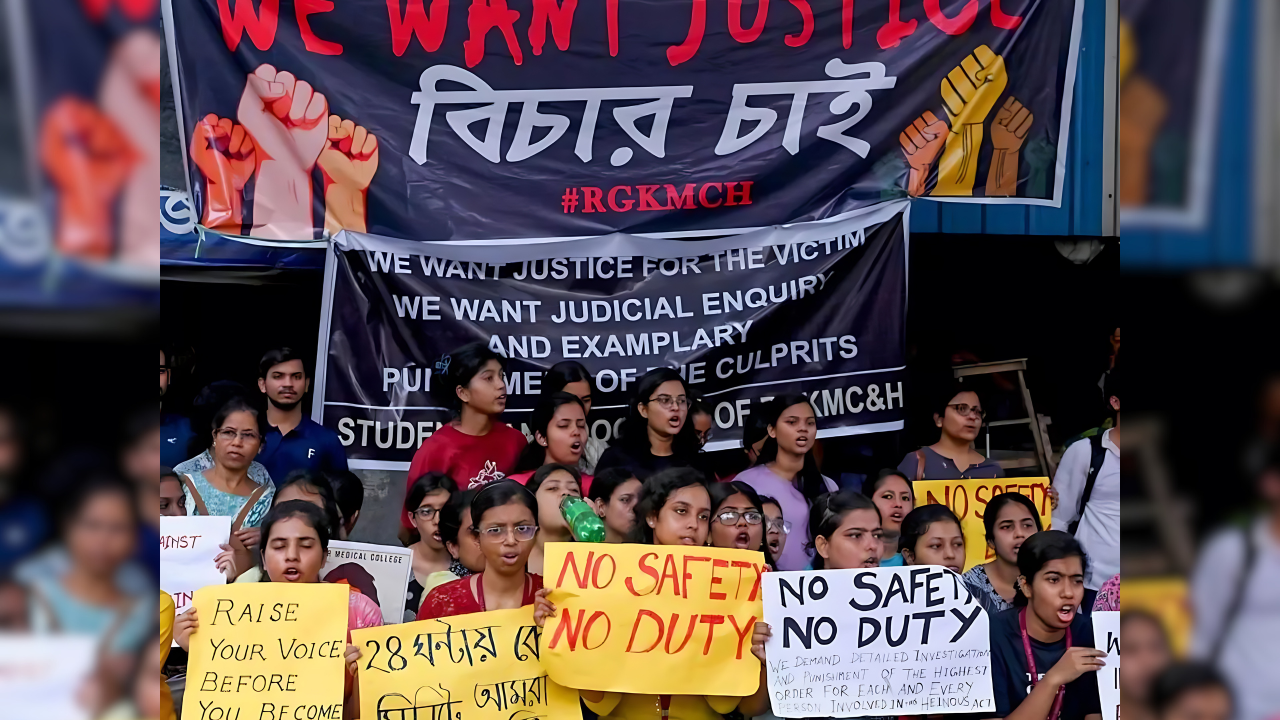
 By Satyaki Chakraborty The junior doctors’ movement in West Bengal partially ended on its 41st day on September 20 Friday. The striking doctors joined their duties on September 21 in emergency services only in the state government run medical colleges and hospitals still keeping the OPD work and surgical operations out of their duty profile. […]
By Satyaki Chakraborty The junior doctors’ movement in West Bengal partially ended on its 41st day on September 20 Friday. The striking doctors joined their duties on September 21 in emergency services only in the state government run medical colleges and hospitals still keeping the OPD work and surgical operations out of their duty profile. […]

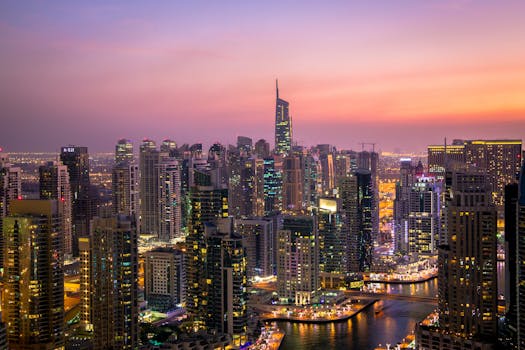






 By K Raveendran Narendra Modi’s administration, since its rise to power, has been actively distancing itself from the tradition of naming state-sponsored initiatives after members of the Nehru-Gandhi family. This practice has long been a hallmark of the Congress era, but the trend of eliminating or renaming these projects took on a new momentum after […]
By K Raveendran Narendra Modi’s administration, since its rise to power, has been actively distancing itself from the tradition of naming state-sponsored initiatives after members of the Nehru-Gandhi family. This practice has long been a hallmark of the Congress era, but the trend of eliminating or renaming these projects took on a new momentum after […]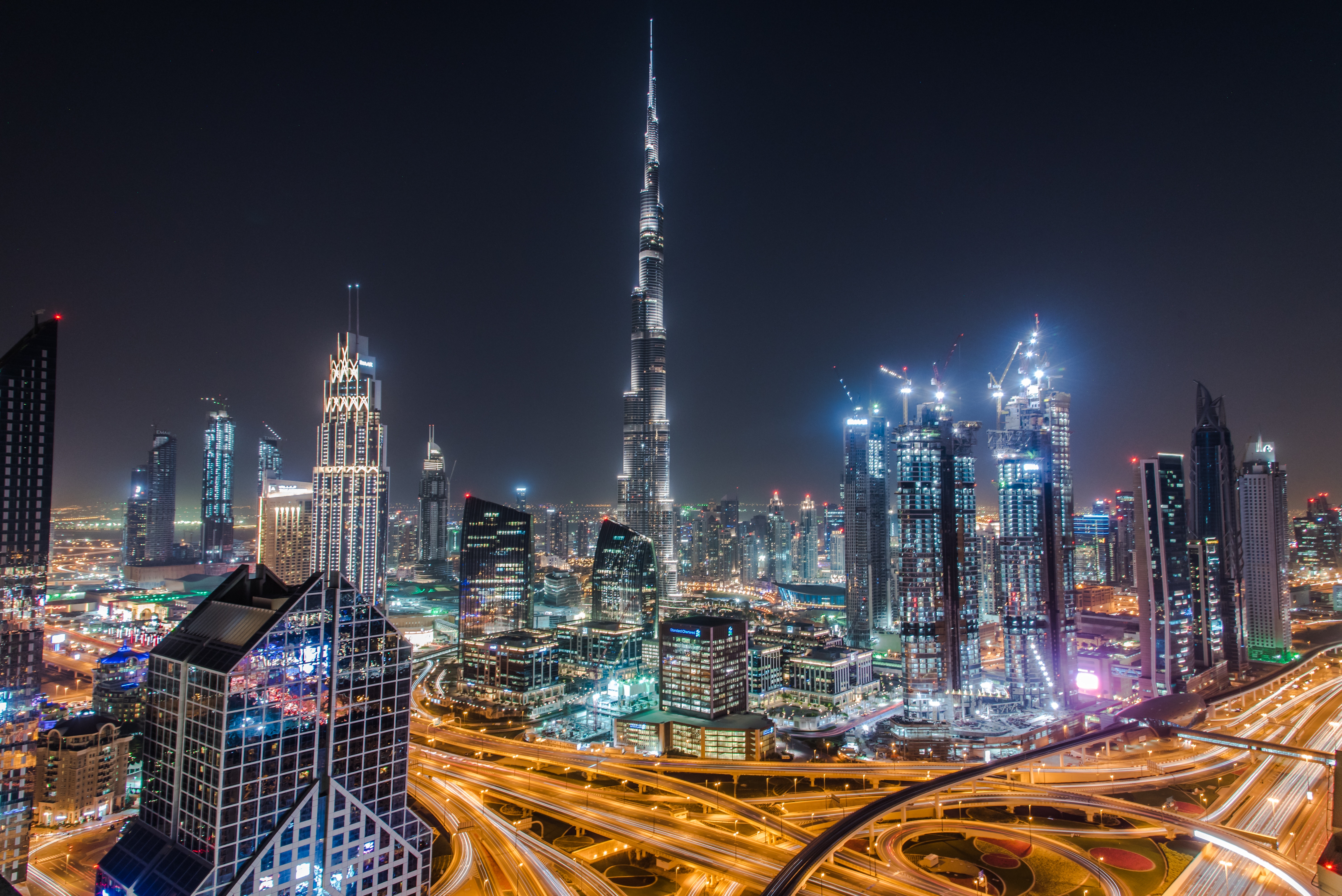

 By Sushil Kutty The NDA government of Prime Minister Narendra Modi completed its first 100 days on September 17 with Modi as third term Prime Minister. How did he fare was the topic of the day, which was also his birthday. Prime Minister Narendra Modi turned 74 on Tuesday and the celebrations were rather muted. […]
By Sushil Kutty The NDA government of Prime Minister Narendra Modi completed its first 100 days on September 17 with Modi as third term Prime Minister. How did he fare was the topic of the day, which was also his birthday. Prime Minister Narendra Modi turned 74 on Tuesday and the celebrations were rather muted. […]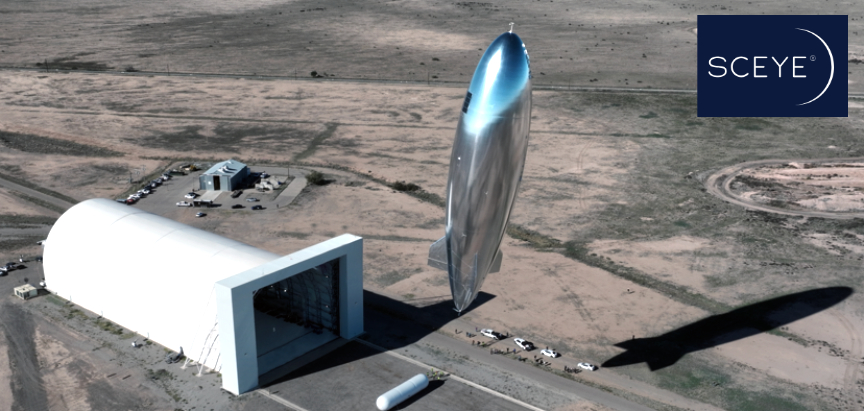
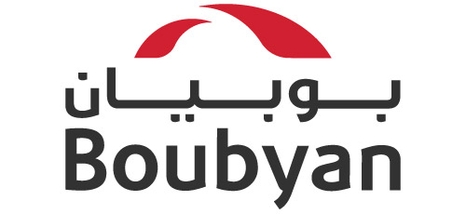



![4rp0796r1k81e2kpn jpg[1]](https://thearabianpost.com/wp-content/uploads/2024/09/4rp0796r1k81e2kpn-jpg1-151x118.webp)


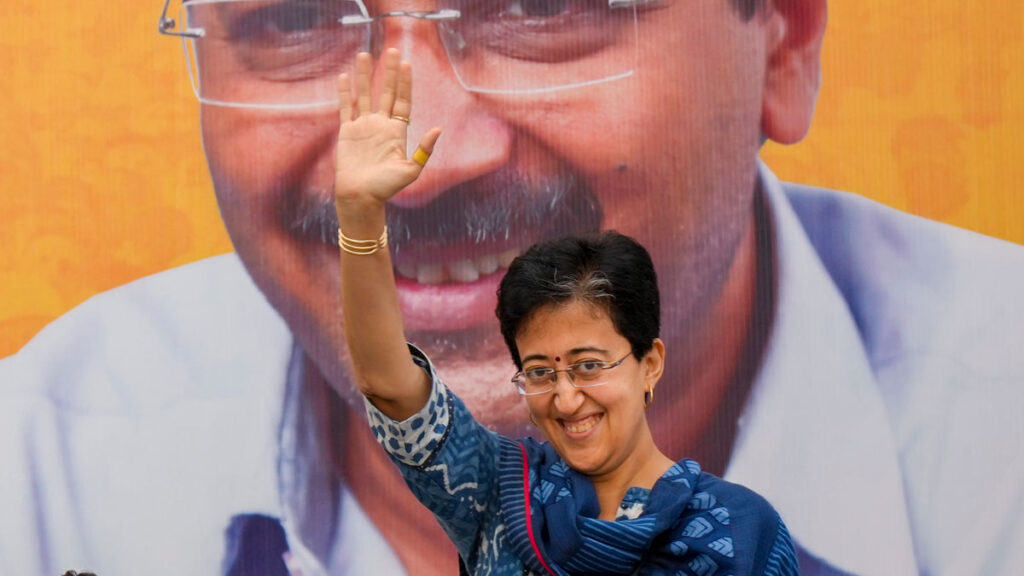 By Sushil Kutty It is Atishi and it will be Atishi who will be the next Delhi Chief Minister, to succeed Arvind Kejriwal. The ‘Marlena’ surname she dropped in 2019 when contesting the Lok Sabha election from East Delhi. Point to note, however, is Atishi will be Chief Minister only till the next assembly elections, […]
By Sushil Kutty It is Atishi and it will be Atishi who will be the next Delhi Chief Minister, to succeed Arvind Kejriwal. The ‘Marlena’ surname she dropped in 2019 when contesting the Lok Sabha election from East Delhi. Point to note, however, is Atishi will be Chief Minister only till the next assembly elections, […]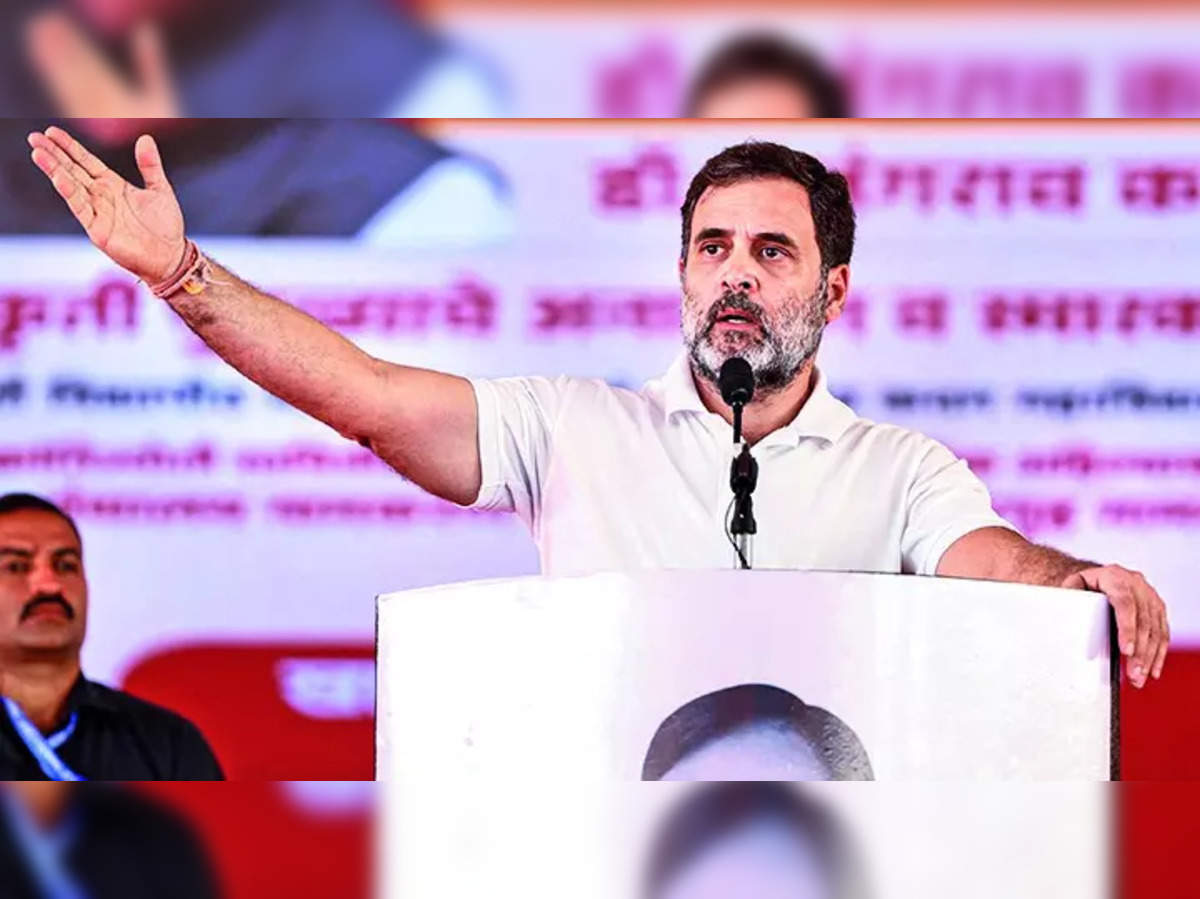
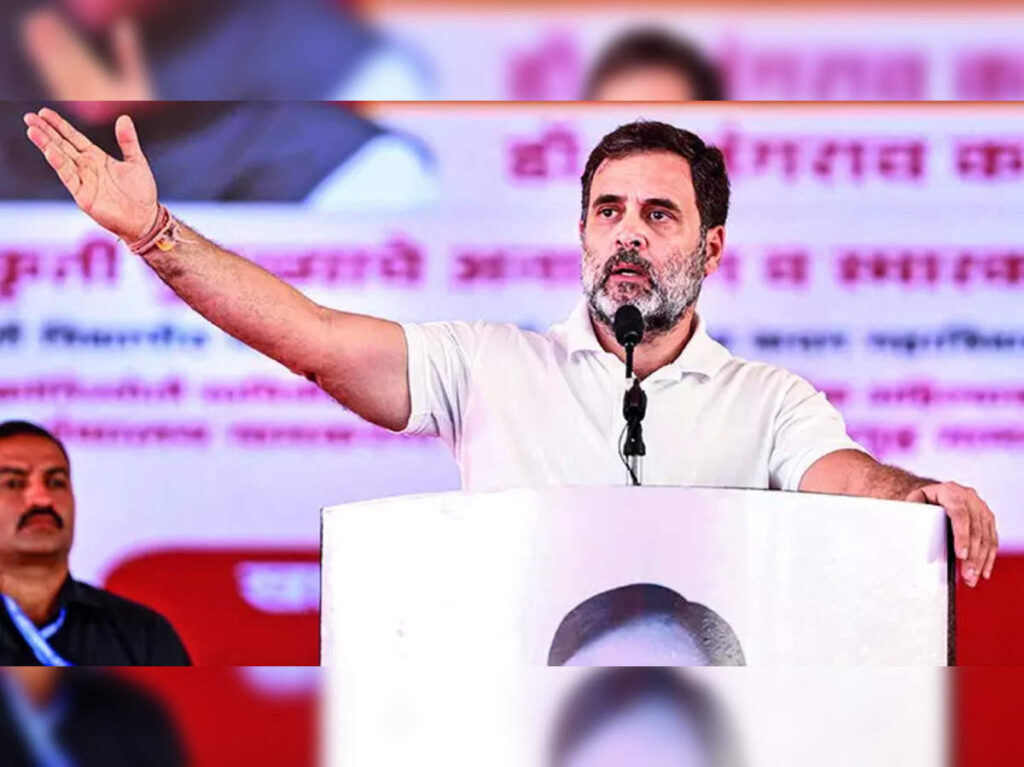 By Kalyani Shankar Congress leader Rahul Gandhi’s recent trip to the United States has provoked a war of words between the ruling BJP and the main opposition Congress in India. Should the Indian leaders refrain from badmouthing the ruling BJP while abroad? Is there a red line, and has Rahul crossed it while he was […]
By Kalyani Shankar Congress leader Rahul Gandhi’s recent trip to the United States has provoked a war of words between the ruling BJP and the main opposition Congress in India. Should the Indian leaders refrain from badmouthing the ruling BJP while abroad? Is there a red line, and has Rahul crossed it while he was […]


 By Nantoo Banerjee Union Road Transport & Highways Minister Nitin Jairam Gadkari may be right to say that electric vehicles manufacturers do not need any more government subsidies, as consumers are now opting for EVs and CNG vehicles independently. The minister reasoned that the drop in production costs and the lower GST on EVs make […]
By Nantoo Banerjee Union Road Transport & Highways Minister Nitin Jairam Gadkari may be right to say that electric vehicles manufacturers do not need any more government subsidies, as consumers are now opting for EVs and CNG vehicles independently. The minister reasoned that the drop in production costs and the lower GST on EVs make […]









